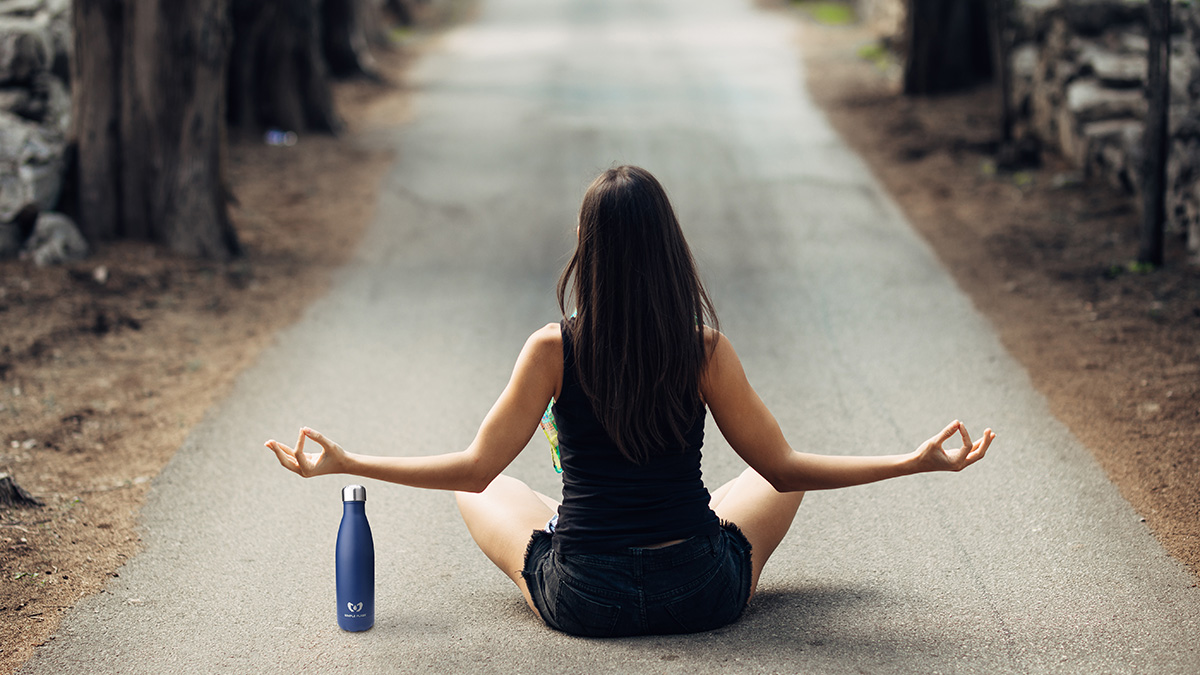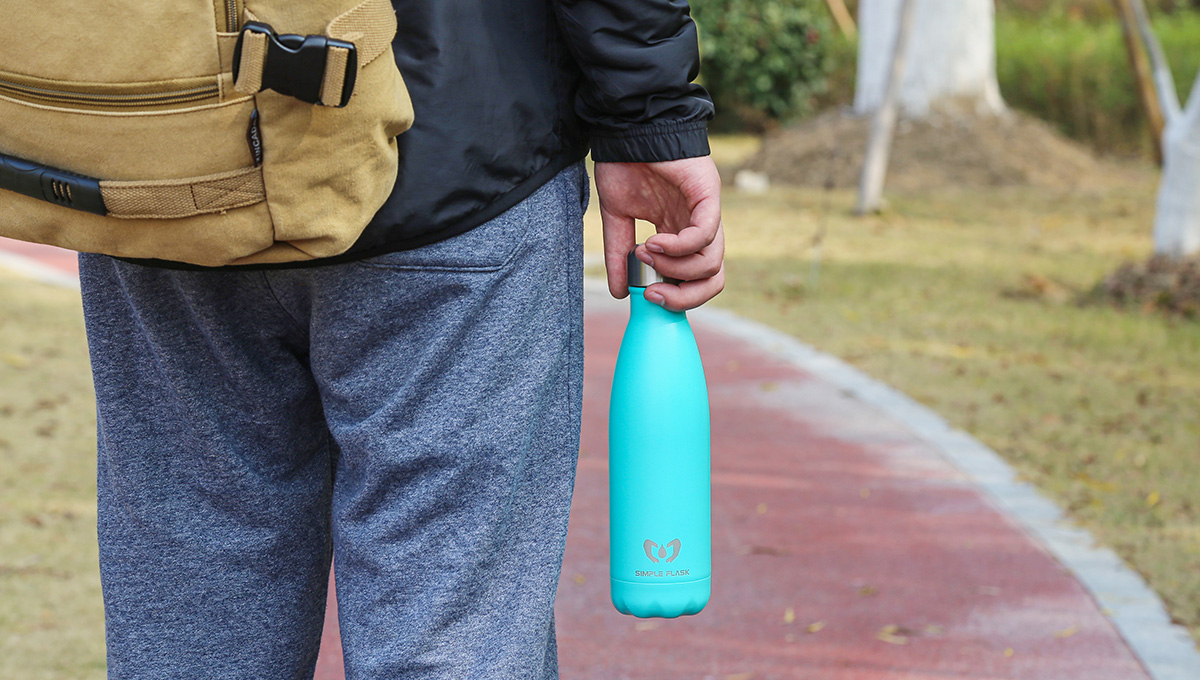Your water bottle could be a host of bacteria, dirt and even mold. But with so many reusable water bottles out there, it’s hard to know how to clean them. Follow our guide on how to do it.
The maintenance of your water bottle is key to their lifetime. The cleaning skill of stainless steel vacuum insulated water bottle is often ignored by people. Although the surface of the water bottle looks clean, it may contain a large number of bacteria if not cleaned regularly. For example, the stainless steel thermos cup often used to make tea will certainly have tea inside, and tea scale contains cadmium, lead, iron, arsenic, mercury and other metal substances, which seriously endangers our health. Because the inside of the cup is a damp environment, bacteria are likely to thrive, which can lead to nausea, vomiting and diarrhea. Bacteria such as Escherichia coli, which causes gastroenteritis and food poisoning, and even mold can take up residence in bottle caps.
Some water bottles are dishwasher-able. If so, toss yours in the dishwasher on each cycle of the dishwasher. However, even though the bottom of the bottle fits in the dishwasher, the lid does not. If your water bottles won’t wash in the dishwasher, use one of these common cleaners instead. Stainless steel vacuum bottles are not like other ordinary bottles, it is more troublesome to clean. When cleaning stainless steel vacuum bottles, not only the mouth, the bottom and the wall of the bottle should not be ignored, especially the bottom of the bottle, which is not usually cleaned, may precipitate a lot of bacteria and impurities.
With this in mind, you should always empty and clean your water bottles. Don’t wait until they start to stink before deciding to wash them.The type of water bottle, whether it is stainless steel, plastic, what product is used to clean it will affect its performance.
Clean the vacuum insulated water bottles for the first time:
To ensure the cleanliness of the thermos flask for the first time, put 1-2 drops of vinegar into warm water and dilute it. Pour it into the thermos flask, leave it open for 30 minutes, and then clean it with a soft cloth. After using for a period of time, pour a tablespoon of soda into a glass of warm water. Disinfect the glass with the lid open, then rinse the glass thoroughly with warm water.
Here’s how to clean your reusable stainless steel water bottles:
Hot Liquid Soap
Washing reusable bottles with hot water and dish soap is a simple and effective way to clean them. You should let the pretty soapy water run through the whole bottle, as you would wash off a coffee cup or other used glass or cup, and make sure you get rid of any greasy buildup at the bottom or in restricted areas. Then rinse with clean water to remove any soap residue before drying.
Simple Flask, one of the leaders of stainless steel water bottles, also recommends rinsing them regularly with hot, soapy water and rinsing them after each use. However, you should dry the bottle properly to avoid reintroducing any bacteria or other harmful bacteria. But when cleaning the stainless steel thermos water bottle, it is not enough to simply rinse with water. It is better to brush with a brush. In addition, because the important component of dish-washing detergent is chemical synthesis agent, it is best not to use. If you want to clean stained with a large number of dirt or tea scale of the cup, you can squeeze toothpaste on the brush, toothpaste has both detergent, and very fine friction agent, it is easy to wipe the residual material and will not damage the cup body.
Baking Soda
Baking soda is a mild abrasive cleaner and natural deodorant. Although many of us keep it in the cupboard and use it as a leavening agent when cooking, it’s a salt that dissolves dirt and oil in water, and it’s very good at absorbing odors. For hard-to-clean dirt and mold, consider rinsing your water bottle with bleach. Mix a teaspoon of bleach and a teaspoon of baking soda in your water bottle. Fill the rest with water. Scrub the cap inside out with a solution of baking soda and bleach. Let your water bottle sit overnight, then rinse thoroughly with warm water in the morning. If your bottles are dishwasher-ready, we recommend recycling them to protect the environment.
Precautions of the Vacuum Insulation Water Bottles:
- The lid of the stainless steel vacuum water bottle is made of non-toxic plastic. Do not use high temperature sterilization to avoid deformation.
- To clean the surface of the stainless steel vacuum water bottle, just stick warm water with a soft cloth, squeeze the diluted food agent and wipe it dry. Do not use volatile agents, gasoline wire balls and hard objects to clean the outer surface of the stainless steel vacuum water bottle.
- To clean the inside of the stainless steel vacuum water bottle, you must wipe it with a soft sponge, cloth brush, and keep the inner tank dry after wiping. If the inner tank has spots caused by the influence of water quality or impure substances, you’d better soak it in warm water and diluted vinegar for at least 30 minutes, and then clean it with a soft brush and wipe clean carefully.
- Do not use metal balls or hard brushes when cleaning the inner container of the stainless steel vacuum water bottle, otherwise the surface layer of the inner container of the cup will be damaged.




